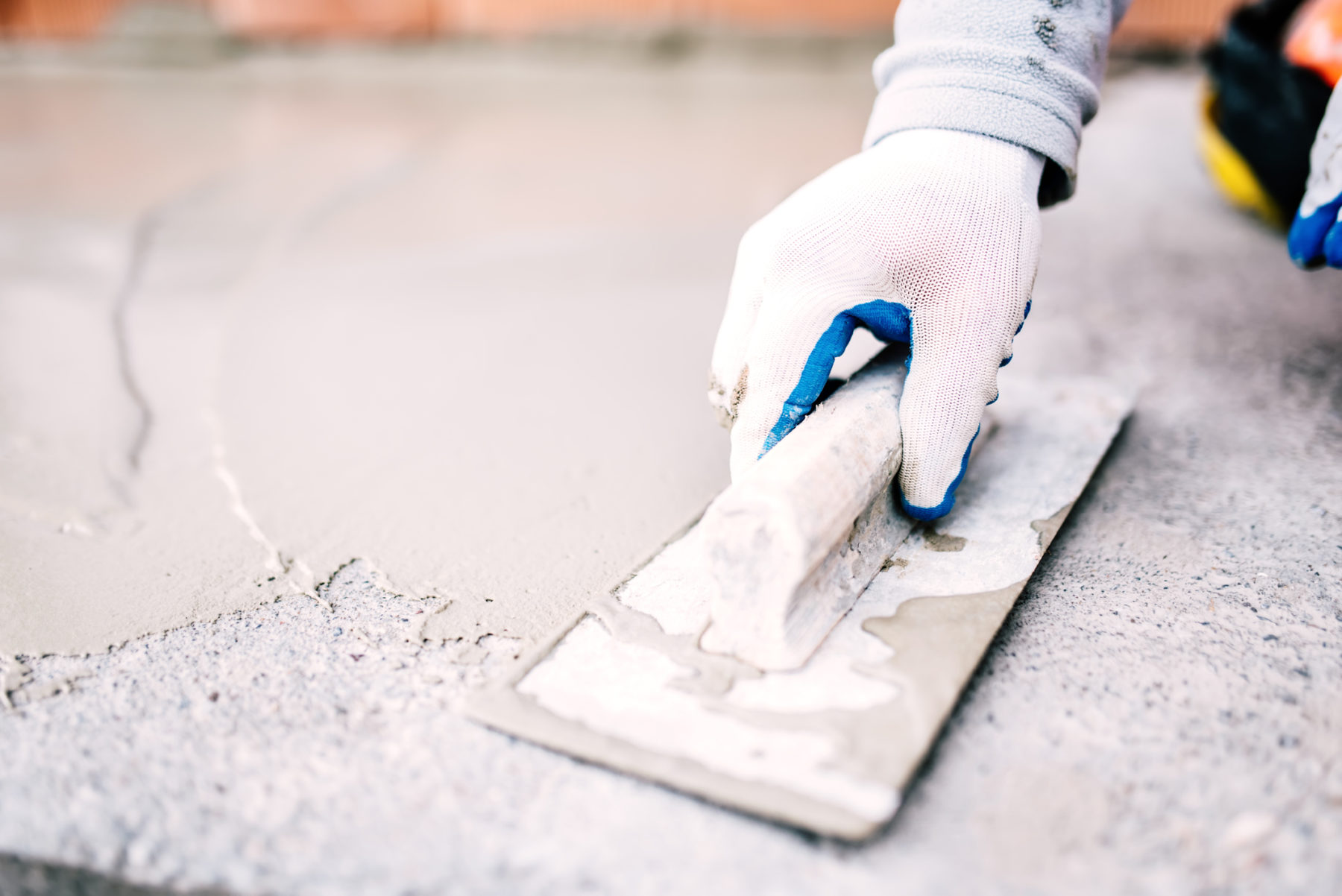5 Benefits of Concrete Floors
Concrete interior floors are beneficial in many ways, whether you love the feel of radiant heat in the dead of winter, or you’re interested in an eco-friendlier alternative to hardwood or carpet. Thanks to integral color, aggregates, dyes, stains, etching, and more, if you can imagine a finished floor, it’s possible to create it from concrete.
January 5, 2023

Concrete is one of the hardest and strongest building materials known to man, so it’s little surprise that concrete is the most popular construction material in the world. Aside from highways, driveways, and retaining walls, concrete is also an excellent option for home flooring. From their eco-friendly nature to the dozens of brilliant design options, the benefits of concrete floors cannot be overstated.
- Minimal Maintenance
Because concrete is so hard and strong, it requires very little maintenance. After the floor has been properly sealed, dirt and grime can’t penetrate, which makes cleaning a snap. Spilled coffee or wine is no match for a sealed concrete floor; the sealant won’t allow even the worst stain offenders to penetrate. Of course, concrete is impact-resistant, too. This means that even if you drop a bowling ball from two stories up, your concrete floor will look new. Your floors will only require a quick sweep and a damp mop now and again to keep them looking their best.
- Radiant Heat
Radiant heat is one of the most energy-efficient and cost-effective ways to heat your home, and it requires a concrete floor to function properly. The heat is supplied via electrical cables or tubes filled with hot water that are embedded directly into the flooring. Your feet will stay warm and toasty all winter long, and because the heat rises so efficiently, the radiant nature of the system will keep your entire home comfortable.
- Variety of Colors & Aggregates
Concrete is naturally a dull gray in color, but there are numerous colors and aggregates that can be added during the mixing process to create a completely unique concrete. There are thousands of integral color options, including pale colors and deep, rich earth tones. Most interior concrete floors are made with a fine concrete mix, but if you prefer a more rustic look or a rougher texture, it’s possible to add aggregates like crushed stone, gravel, or even pebbles.
- Eco-Friendliness
Whereas hardwood floors deplete precious natural resources and carpeting requires substantial energy to produce, concrete is environmentally friendly, and much of today’s concrete is recycled. In terms of production, concrete requires less energy to produce than processed wood, carpet, or tile, and it is poured locally, which means it does not need to be shipped across the country. Concrete also naturally inhibits the development of mold and mildew, contains no volatile organic compounds (VOCs), and can be sealed with VOC-free products.
- Limitless Design Possibilities
Many people immediately think of drab, gray floors when they think of concrete flooring. However, aside from the integral colors and aggregates added during the mixing process, there are numerous additives and concrete finishing techniques that can create virtually any look you want. Acid stains offer brilliant colors and metallic finishes, and with a few simple techniques, you can create a wide range of unique patterns. It’s possible to create textures with stamps and stencils, and with the right tools and products, your concrete floor can mimic everything from ceramic tile to natural stone.
Concrete interior floors are beneficial in many ways, whether you love the feel of radiant heat in the dead of winter, or you’re interested in an eco-friendlier alternative to hardwood or carpet. Thanks to integral color, aggregates, dyes, stains, etching, and more, if you can imagine a finished floor, it’s possible to create it from concrete. At Standard Materials, concrete runs in our blood. If you need assistance with your next concrete pour, or if you’d like a few simple pointers, give us a call today!

